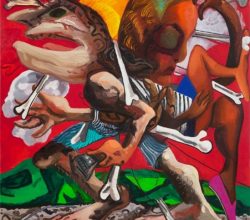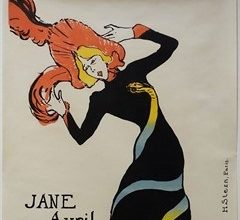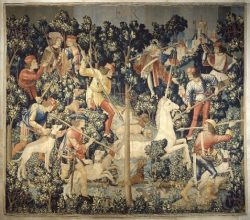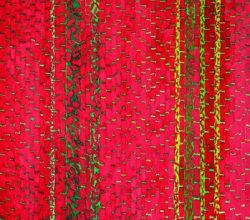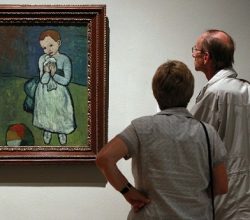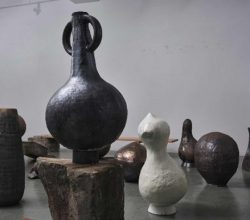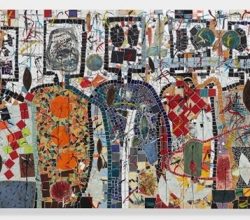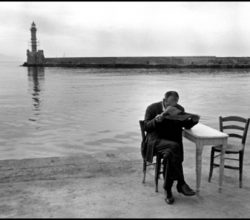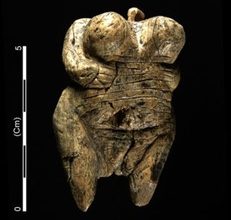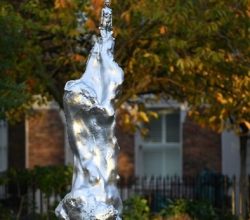
The Metropolitan Museum at a Hundred and Fifty
Peter Schjeldahl | The New Yorker | 23rd November 2020
After a lengthy shutdown, the Met’s 150th anniversary show has re-opened. One reviewer states the obvious – it is the world’s best encyclopaedic museum. The linked piece is a more personal reaction. “Starchy conservatism” has weakened some areas but accommodated superb collections elsewhere, like decorative arts. The result is a “levelling effect … a relative deflation of major art, as a consequence of [paintings] having been made to compete.”

